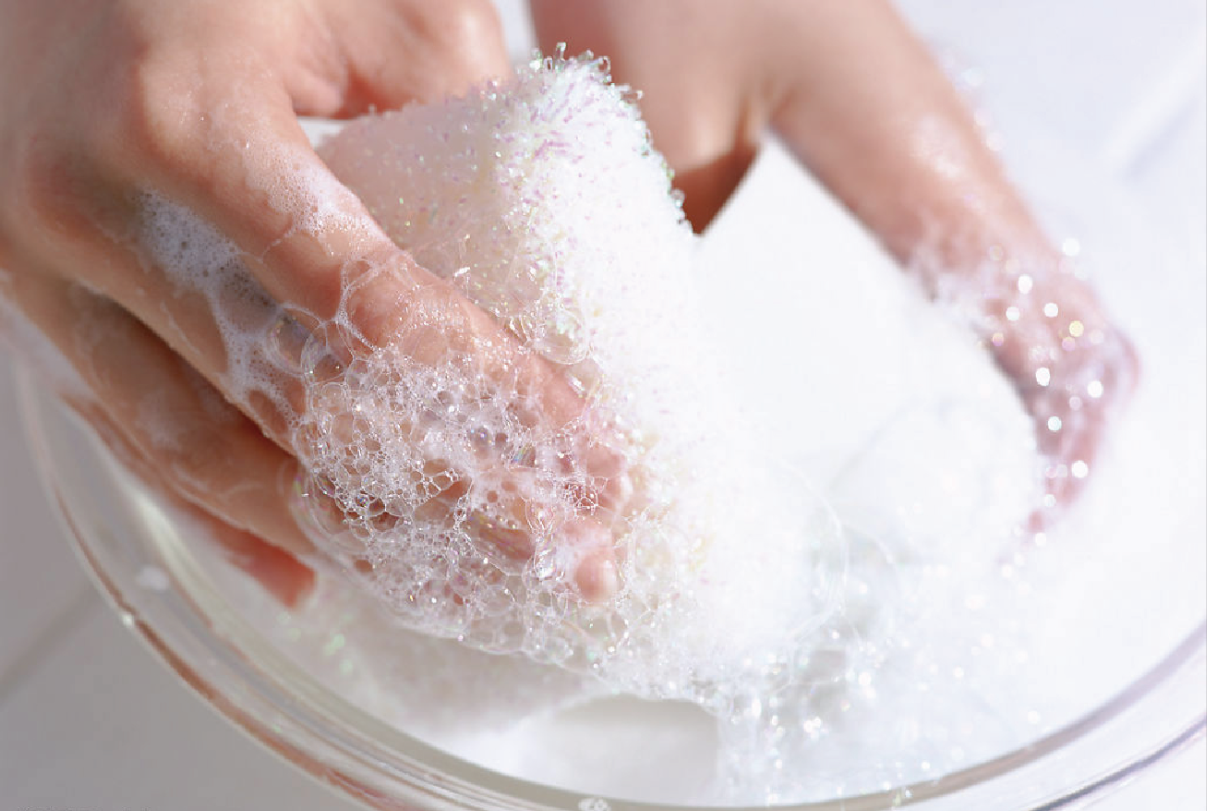Introduction
Hydrogels are 3-D networks composed of water-soluble polymer chains linked together by chemical or physical bonds. They are employed as carriers for delivery of bioactive agents, as wound healing films, bio-sensing materials, implants, and scaffolds in tissue engineering, etc. (Ullah et al., 2015; Wang L. et al., 2016; Al Harthi et al., 2019). In the presence of water, instead of dissolution, hydrogels are swollen from a few to several times of their own dry weight depending on the crosslinking degree. Similar to water-soluble polymers, based on their chemical structures, hydrogels can be divided into anionic (Ullah et al., 2015), cationic (Qi et al., 2018), non-ionic (Golabdar et al., 2019), and zwitterionic (Vatankhah-Varnosfaderani et al., 2018).
Anionic polymers, which are essentially poly(acid)s, show globule to coil transition upon pH increment and/or reduction of ionic strength (Abu-Thabit and Hamdy, 2016; Meka et al., 2017). This behavior is reflected in hydrogels as swelling when the polymer is cross-linked (Varaprasad et al., 2017). Aside from polysaccharide-based anionic polymers, most of anionic hydrogels are not biodegradable, thereby posing environmental problems and creating pollution challenges in the long-term (Guilherme et al., 2015; Pakdel and Peighambardoust, 2018). Therefore, seeking a suitable substitute that is biodegradable and non-toxic is of outmost importance.
Poly(aspartic acid) (PASP), a synthetic poly(amino acid) with a protein-like amide bond in its backbone, and a carboxylic acid as a pendant group in each repeating unit, has drawn a great deal of attention and so the demand for its production has significantly grown. The former bond provides PASP with degradability (Nakato et al., 1998; Tabata et al., 2000, 2001), while the latter groups gives the polymer acidic properties and negative charge (Yang et al., 2011; Sattari et al., 2018). Various enzymes such as trypsin (Zhang C. et al., 2017), chymotrypsin (Wei et al., 2015), dispase and collagenase I (Juriga et al., 2016), as well as different media such as activated sludge (Alford et al., 1994) and river water (Tabata et al., 2000) have been examined for biodegradation of PASP-based hydrogels and polymers. Depending on the condition (e.g., enzyme concentration and temperature), complete degradation varies from a few days to one month.
PASP hydrogels typically exhibit the same response to pH and ionic strength as other anionic ones, such that higher swelling ratio can be achieved by increasing pH or lowering ionic strength (Zhao et al., 2005; Sharma et al., 2014). This property, which is called polyelectrolyte effect, stems from ionization of carboxylic groups. Ionization (or de-protonation) creates negative charges along the chain/network, causing extended chain conformation and globule to coil transition. On the other hand, high ion concentration shields the network charge and lowers swelling (Yang et al., 2006). Additionally, by changing crosslinking density, mechanical properties and swelling could be tuned (Vatankhah-Varnoosfaderani et al., 2016). More importantly, PASP hydrogels can be readily modified with a wide variety of species to meet the need of any given application. This feature arises from highly reactive imide rings in the intermediate poly(succinimide) (PSI), which allow grafting of different molecules bearing primary amine group under mild conditions without using any catalyst. Therefore, considering facile modification, biocompatibility, and biodegradability, PASP-based hydrogels offers potential advantages over conventional anionic hydrogels [e.g., poly(acrylic acid)] and can be considered as a promising choice for hydrogel preparation in diverse applications.
Ethylene Diamine Tetraacetate Acid Tetrasodium Salt (EDTA-4Na)

In the light of the aforementioned features, in this paper we provide a review on the synthesis, gelation process, cross-linking agents, and recent applications of hydrogels based on PASP.
Synthesis of Polyaspartic Acid
PASP homopolymer is generally synthesized through poly-condensation of aspartic acid (ASP) monomer or polymerization of maleamic acid which is produced from maleic anhydride and a nitrogen source like ammonia or urea as shown in Figure 1. Whatever the method is, the reaction yields the intermediate poly(anhydroaspartic acid), i.e., poly(succinimide) (PSI). The subsequent alkaline hydrolysis of PSI leads to imide ring opening through either carbonyl groups, resulting in a mixture of α and β. Also, as mentioned, PSI can easily undergo a nucleophilic reaction with primary and secondary amines without catalyst even at room temperature to yield poly(aspartamide) derivatives, allowing one to tailor-make PASP to be exploited as a versatile and multi-functional hydrogels

